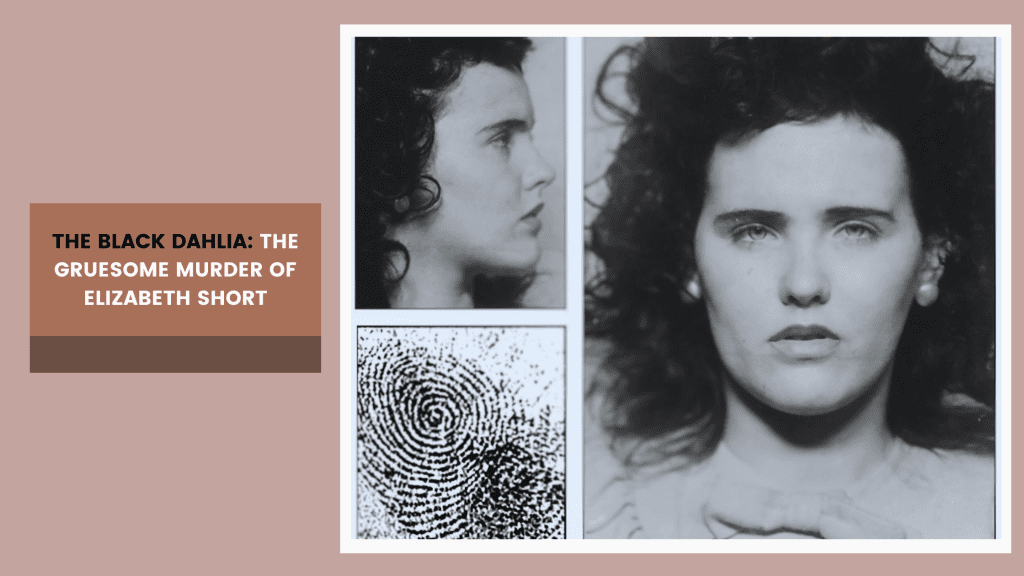Guy Georges, infamously known as “The Beast of the Bastille,” terrorized France during the 1990s with his brutal crimes. His calculated and violent actions shook the nation, leaving an unforgettable mark on Paris. This article explores his life, his heinous crimes, and the eventual breakthrough that led to his capture.
Early Life of Guy Georges
Born on October 15, 1962, in Vitry-le-François, France, Guy Georges faced a troubled and unstable childhood. His parents abandoned him at a young age, leading to years spent in foster care. Unfortunately, his early years were filled with neglect and abuse, which heavily influenced his violent tendencies later in life.
As Georges entered his teenage years, he became involved in petty crimes, which steadily escalated into more severe offenses. Consequently, his behavior laid the foundation for his disturbing future.
A Trail of Terror
Between 1991 and 1997, Guy Georges unleashed a reign of terror in Paris. He preyed on young women, carrying out a series of brutal attacks and murders that horrified the city.
Characteristics of His Crimes
Georges meticulously stalked his victims, often targeting them in their homes. Tragically, his attacks frequently involved sexual assault before he murdered his victims. Because of the proximity of his crimes to the Bastille, the media aptly dubbed him “The Beast of the Bastille.”
Despite his horrific acts, Georges managed to evade capture for years. However, his ability to escape detection only intensified the public’s fear.
The Investigation and Capture
The turning point in the investigation occurred in 1998 when advancements in DNA technology provided a breakthrough. Investigators connected Georges to several crime scenes using genetic evidence, which finally led to his arrest.
A Breakthrough in Forensics
The successful use of DNA evidence was a game-changer in this case. Not only did it conclusively link Georges to his crimes, but it also highlighted the value of forensic science in solving even the most complex criminal cases.
Read more: Joel Rifkin: Cold Case Files
Trial and Sentencing
In 2001, Guy Georges faced trial for the murders of seven women. The proceedings attracted nationwide attention, as the gruesome details of his crimes came to light.
The jury found Georges guilty on all counts. As a result, he received a life sentence without the possibility of parole. This decision brought a sense of justice to the victims’ families and marked the end of a dark chapter in France’s history.
Legacy of the Case
The case of Guy Georges left a lasting impact on law enforcement and forensic practices in France. It underscored the urgent need for a centralized DNA database, which could aid in identifying suspects more quickly and efficiently. Furthermore, it served as a wake-up call to address systemic gaps in investigating violent crimes.
Even today, Georges’ case serves as a chilling reminder of the dangers posed by individuals like him. By learning from this tragedy, society can work toward preventing similar horrors in the future.
Conclusion
Guy Georges’ story reveals the devastating consequences of unchecked violence and the importance of advancing forensic science. While justice was ultimately served, the emotional scars of his crimes endure. By understanding cases like this, we can strive to create a safer and more vigilant society.




